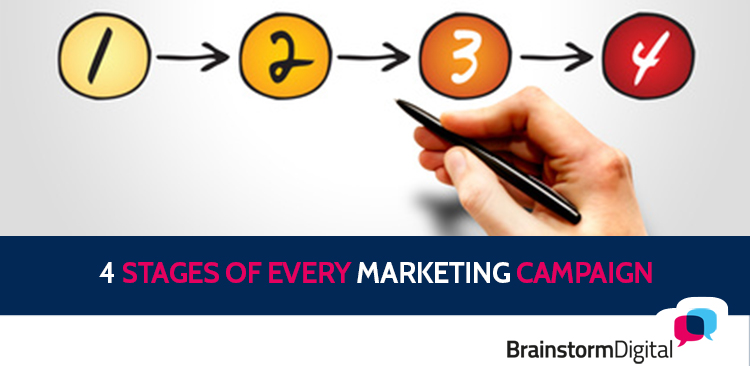
It’s the ad break on your favourite television show. Up pops an image of a man at a supermarket till, who’s just finished his shop.
“And how will you be paying, sir?” asks the cashier.
“By credit card!” he answers. The camera zooms in to the plastic card he holds up. “It’s as good as cash!”
Not very tempting, is it? Because nowadays, we all know exactly what a credit card does. Any ad that explains its basic function is completely outdated.
But it was appropriate 60 years ago, when credit cards were first introduced, because people had to be convinced that they needed one.
The idea of “marketplace sophistication” was pioneered by Eugene Schwartz in his book ‘Breakthrough Advertising’. He argued that the more marketing messages your target market has been exposed to, the more jaded they get, and the more sophisticated your message has to be to capture their attention.
So what type of marketing message does he advocate at each stage?
If you’re the first in your market….. You’re very lucky. Your audience doesn’t know anything about what you’re offering, so all you need to do is tell them what you’re selling and what the main benefit is.
Be simple and direct, like in the credit card example above. Or think of the weight loss market. In its very early stages, it was enough to tell people that your diet pills helped them lose weight. No proof needed… The very concept was revolutionary and attractive.
If competitors have started to emerge…
It’s no longer enough to announce “I’m here”.
Make your claims bigger and better. Instead of saying that your product helps lose weight, specify how much it helps lose, or how fast. (“Lose 40lbs in four days!”)
When lots of competitors crowd the market….
Your audience has heard all possible claims, and they start sounding exaggerated and fake.
Now you need to shift your emphasis from what the product or service does to how it works. What unique mechanism or fresh process does it use, that makes it worth a second look?
For example, some clever credit company out there invented air miles (…although quickly copied). In the weight loss market, companies could say that their pill contained a specific ingredient which gave it superior performance.
Eventually, these claims will get bigger and bolder too… Until your audience has heard it all, doesn’t believe your claims, and competitors start dropping out.
That’s when your market is saturated. At this stage – the most difficult – you either need to open up a new market for your product and go back to the beginning of the cycle.
Or you need to stop making claims, and concentrate on your prospect, and how your product or service makes them feel.
For example, think of Mastercard’s infamous “Priceless” ads (“There are some things money can’t buy. For everything else, there’s MasterCard”).
These ads tell you absolutely nothing about what perks you get with MasterCard, or how it works. But they make you associate MasterCard with the important moments in your life.
Similarly, the classic Marlboro Man ads say nothing about the unique features of a Marlboro cigarette. They convey how manly and virile the brand will supposedly make you feel (and never mind that at least four Marlboro Men have died of lung cancer….).
Now, of course knowing which stage your own market is at is not always straightforward. Your competitors may be offering all these types of ads at once. And you may have prospects at different levels of awareness, too.
But I’ve found that thinking about “what do my prospects already know about this product or service” is a really useful starting point for any type of marketing – be it website copy, an email, free download or a social media ad.
Several times I’ve realised that the message we were planning was either too basic, or too sophisticated, for our target audience. And it’s been a useful tool, too, to analyse the performance of old campaigns.
Now think about your own marketing. What offers have your prospects already been exposed to from your competition? And where do your own messages fit in?
Know thy competition – it’s the 11th commandment of marketing.






